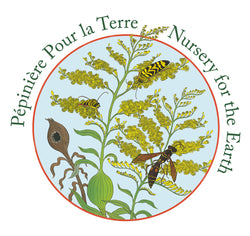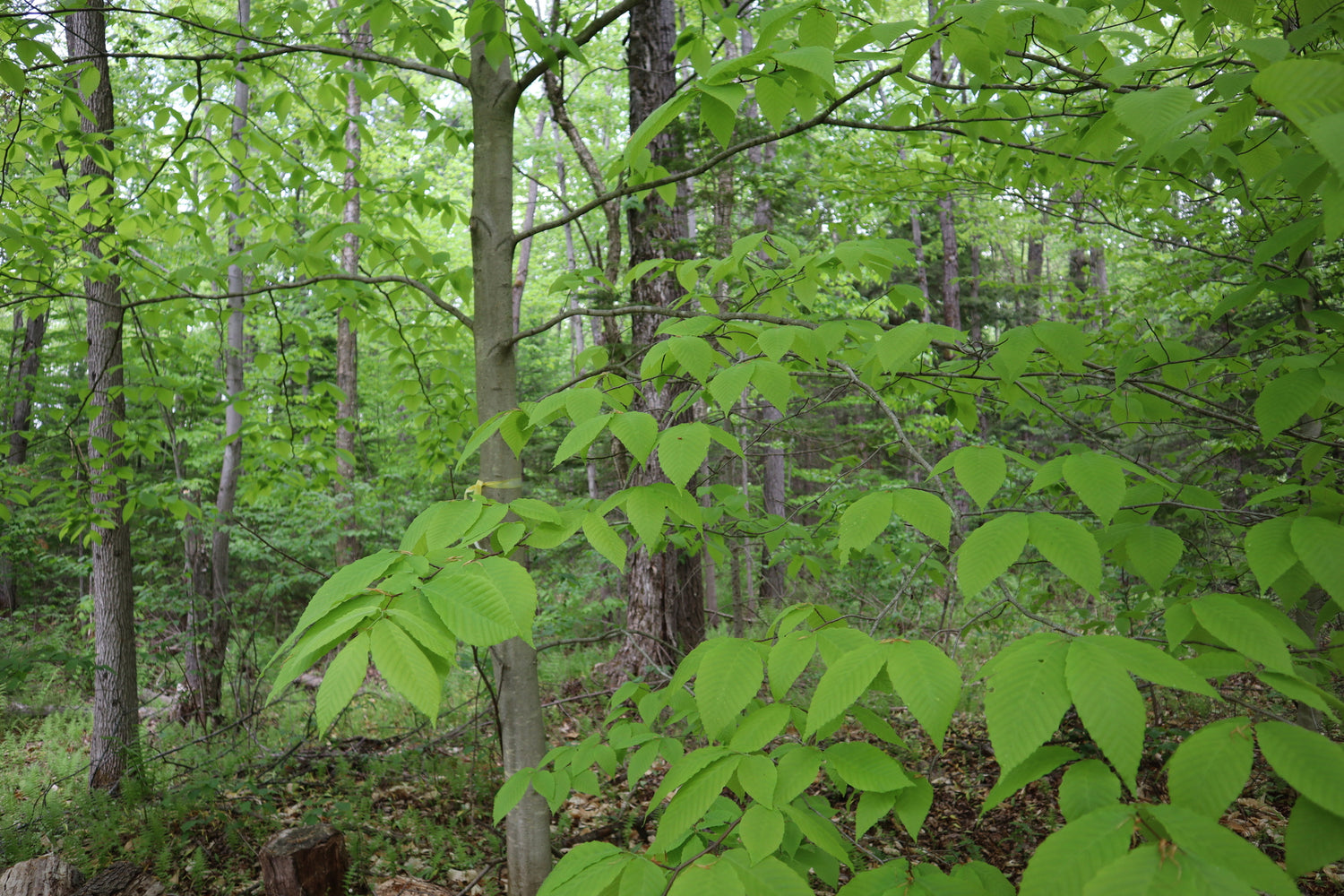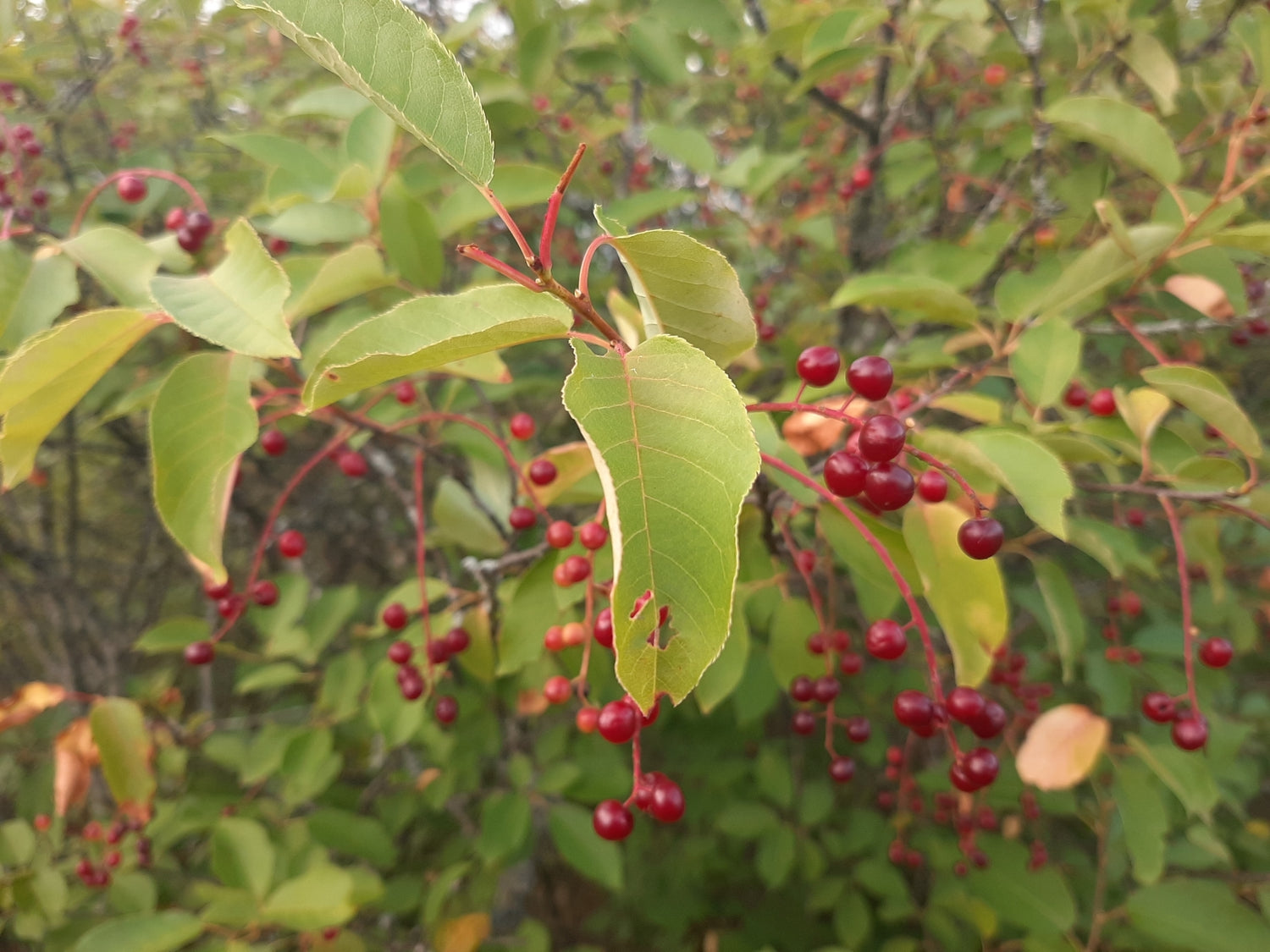Nursery for the Earth
Diervilla lonicera (Fr: dièreville chèvrefeuille | En: northern bush-honeysuckle)
Couldn't load pickup availability
Northern Bush Honeysuckle
Diervilla lonicera
Alternative names: Bush-Honeysuckle
French: Dièreville chèvrefeuille
Northern Bush Honeysuckle is a beautiful and highly adaptable native shrub found in woodlands, thickets, and rocky slopes. Its low, multi-stemmed growth form makes it excellent for use as a groundcover or low border shrub in naturalized or shaded garden settings.
From June to July, it produces clusters of yellow tubular flowers, which are highly attractive to bees, butterflies, and hummingbirds. The foliage serves as a host plant for several moth and butterfly caterpillars, and its dense branching structure provides cover and nesting habitat for birds and small mammals.
It grows in full sun to full shade, though it seems to prefer open woodlands or dappled shade, where it receives partial sunlight. In full shade, flowering may be reduced but the plant still thrives.
Northern Bush Honeysuckle is tolerant of poor soils and thrives in moist to dry, well-drained conditions. Its combination of toughness, beauty, and ecological benefits make it a valuable addition to native plant gardens, woodland edges, or restoration plantings.
Height: 0.5 to 1.5 m
Bloom time: June to July
Light: Full sun to full shade (best in partial shade)
Moisture: Dry to moist (prefers moist, well-drained soil)
Soil: Tolerates poor soils
Habitat: Woodlands, thickets, rocky slopes
Ecological benefits: Pollinator plant, host for caterpillars, nesting and shelter for birds
Edible: Not edible
Share





